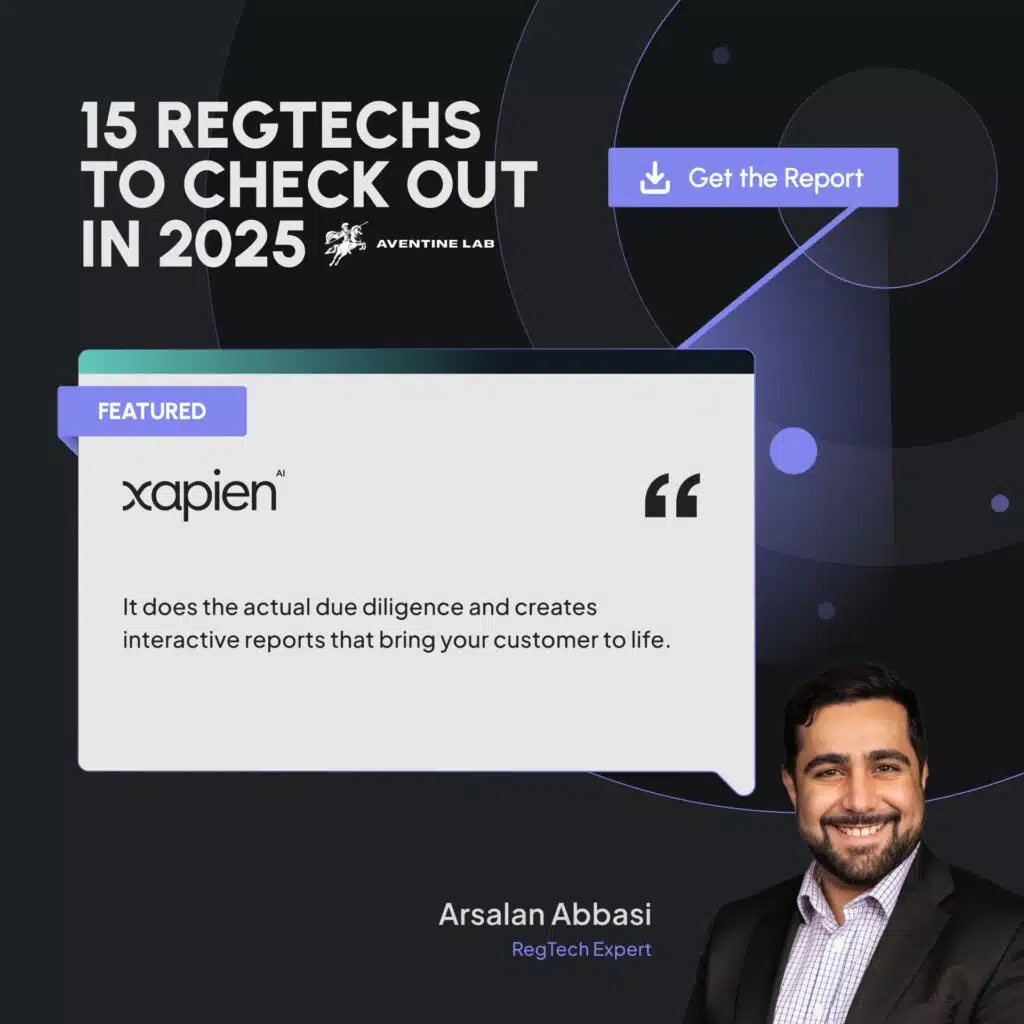
Regulation:
How law firms can prepare for The Economic Crime & Corporate Transparency Act

Arsalan Abbasi, Founder at Aventine Lab • January 16 2025
The Economic Crime & Corporate Transparency Act aims to tackle the problem of financial crime at its source: where companies are formed. It targets corporate service providers and corporate lawyers who play a role in establishing these entities. The goal is to start the process of “cleaning” from the beginning, ensuring that when transactions happen, individuals are already verified, and documents are in order.
The Act also provides regulators with better tools to hold companies, stakeholders, and directors accountable. In fact, more people within a company are now liable, including senior managers, whose actions could lead to criminal responsibility for the company itself. With this shift, companies must be more diligent about verification from the start. All directors and Persons with Significant Control (PSCs) must be properly vetted. There’s simply more to look out for, and everything must be in order from the very beginning.
What firms should do now?
Now is the time to prepare. This starts with reviewing your policies, controls, and procedures to ensure they meet these new standards and increased scrutiny. When performing Know Your Business (KYB) checks, it’s no longer enough to screen just two directors or two UBOs. Firms will likely need to screen the entire entity. And it’s not just about protecting the firm anymore, it’s a regulatory requirement.
With the increased liability, failing to conduct these checks could lead to serious consequences. It’s important to understand the broader scope of who is liable. Senior managers or Persons of Significant Control (PSC) might not be directors or UBOs, but they still fall under the Economic Crime & Corporate Transparency Act. This broader definition means law firms must understand a company’s internal structure, especially when advising their clients.
Law firms and corporate service providers, in particular, will carry a heavier burden to ensure that everything is correct when registering an entity. The operational impact is also clear: it will cost more. Firms will need to purchase more checks from their EIDV and screening providers. However, there’s also an opportunity here. Firms can turn their compliance function into a new revenue stream by becoming experts in this Act, building on their knowledge, and helping their clients navigate the new regulatory landscape.
The definition of KYB is broadening
Traditionally, KYB meant checking the directors and UBOs, but now it includes employees, senior managers, and department heads. In this context, KYB providers must adapt to cover more ground. For example, services like ZoomInfo or Apollo, which provide organisational charts, could be valuable resources for KYB to tap into.
Ongoing monitoring will also become more critical—firms must track changes in shareholders and directors over time. To support this, it’s time to start looking at technology solutions to help manage these new compliance requirements. When shopping for AML tools, it’s crucial to know exactly what you need before you start talking to vendors. Don’t get distracted by flashy features. Instead, do the work to map out your needs and then approach vendors with a clear understanding of what you’re looking for.
Vendors can deliver the best service when firms can clearly understand and articulate their needs. This clarity reduces the risk of selecting a solution that seems promising but ultimately falls short of addressing your challenges. To help firms find the right fit, my consultancy has developed a guide to 15 Regtech solutions. It provides an unbiased analysis of each vendor’s market position, coverage, strengths, and weaknesses, along with a concluding summary to help you determine if it meets your requirements.

Negative news screening will be fundamental
Imagine completing KYB and KYC checks, only to discover red flags not just for the owners, but also for employees and C-level executives. For instance, an adverse media check might reveal an executive is involved in embezzlement, but the news report is in a different language.
This scenario highlights the importance of running adverse media checks in multiple languages, especially on global companies. Missing such critical information could expose firms to fraud and reputational risks. Firms must stay vigilant, monitoring adverse media for directors, employees, and other key individuals across jurisdictions and languages.
The key here is to have a tool that can search, translate, store, and summarise adverse media findings. It would allow firms to flag incidents, alert their clients to potential liabilities, and empower lawyers to guide clients on risk management. Translation and adverse media monitoring aren’t just helpful anymore—they’re essential to complying with the Economic Crime & Corporate Transparency Act.
How firms can think ahead
The best lawyers are those who truly understand their clients. You can’t advise someone on risk without knowing them inside and out. So, law firms should view this as an opportunity to prioritise client onboarding, understand their clients deeply, and build long-term relationships based on trust and expertise. This also creates opportunities for firms to upsell their services by advising clients on risk management and compliance.
One interesting aspect of the Act is how it broadens obligations beyond just regulated entities. It applies to all businesses, which means that even businesses that were previously outside the regulatory net now have new compliance responsibilities. This opens the door for law firms to provide valuable advice to a wider range of clients.
As we move into 2025 and compliance requirements ramp up, law firms need to take proactive steps to stay compliant with the Act. To recap, first focus on your firmwide risk assessment, including policies, procedures, and training. These are the basics. Start by reviewing and updating your policies and reading the Act thoroughly. If you’re too busy or unsure, bring in a consultant to help with system improvements.
Firms must also embrace more KYB checks—not as a burden, but as a way to enhance client care. Start by examining your entire onboarding workflow. Map out the process from the first client interaction to the signed engagement letter and verification steps. Visualise it—use a whiteboard if needed. Consider all the teams involved, including lawyers, paralegals, compliance, and accounts, as well as the tools in use for credit checks, conflict checks, EIDV, KYC, and screening. Once you’ve mapped the workflow, you’ll easily identify gaps or risks and can address them to ensure your systems and processes are ready when the Act comes into force on 1 September 2025.

Monthly learnings and insights to your inbox
Xapien streamlines due diligence
Xapien's AI-powered research and due diligence tool goes faster than manual research and beyond traditional database checks. Fill in the form to the right to book in a 30 minute live demonstration.